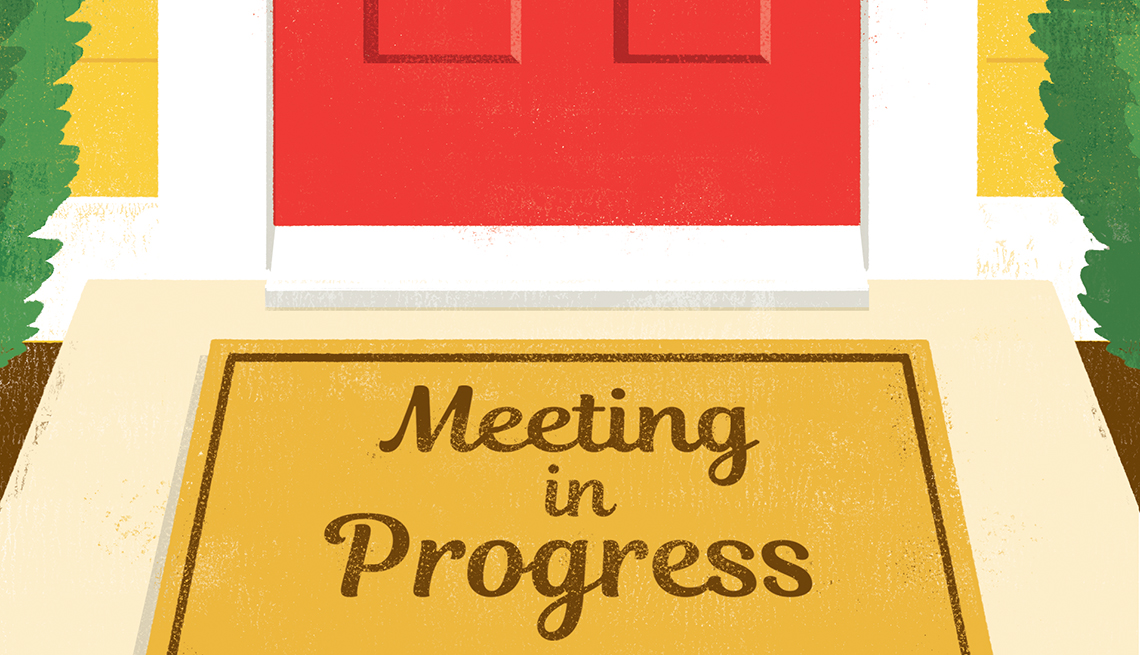AARP Hearing Center
The huge shock to job security that has occurred since the coronavirus hit America with full force in March and April will have long-lasting ramifications for older workers. No one should think that once the pandemic passes, the workplace will go back to how it was. Too much has changed for that. So, forewarned is forearmed.
"By letting more employees work from home, businesses and nonprofits can reduce the cost of office space and equipment and see improvement in productivity."
Businesses of all sizes have laid off or furloughed workers — 10 million as of early April — or sent them home to work remotely. Nearly half of the jobs in the United States — 70 million — have been directly affected by COVID-19, according to the rating agency Moody's Analytics.
“There are 33 million jobs at high risk of job loss, lost hours or pay cuts and another 37 million at medium risk,” says Mark Zandi, chief economist at Moody's. Entire industries are shattered by shutdowns.
Even for those with job security, there have been critical shifts in the way business is conducted. If you didn't know how to teleconference, share digital documents and keep a computer functional on your own, you had better be able to do so, and the sooner the better.
While it will take months or even years to get a bead on all the work-related fallout, there's no doubt that companies are doing things in radically different ways, and many will embrace lessons learned, instead of returning to the status quo.
For older workers, that means adjusting to fewer staff jobs, the immediate need for new skills and an overall flexibility that is far different from the salaried days of even the recent past.
For insight on future work trends, AARP turned to three workplace experts. Here are their predictions.
Sara Sutton, CEO and founder of FlexJobs and Remote.co
It's the tipping point for “work from home” as a valid and important component of a healthy organization. For so long, working from home has been kind of like a second-class citizen. I don't think there will ever be a company again that doesn't consider that some element of emergency preparedness has to be made, and working remotely in some form needs to be addressed and, hopefully, turned into a formalized policy.
































































